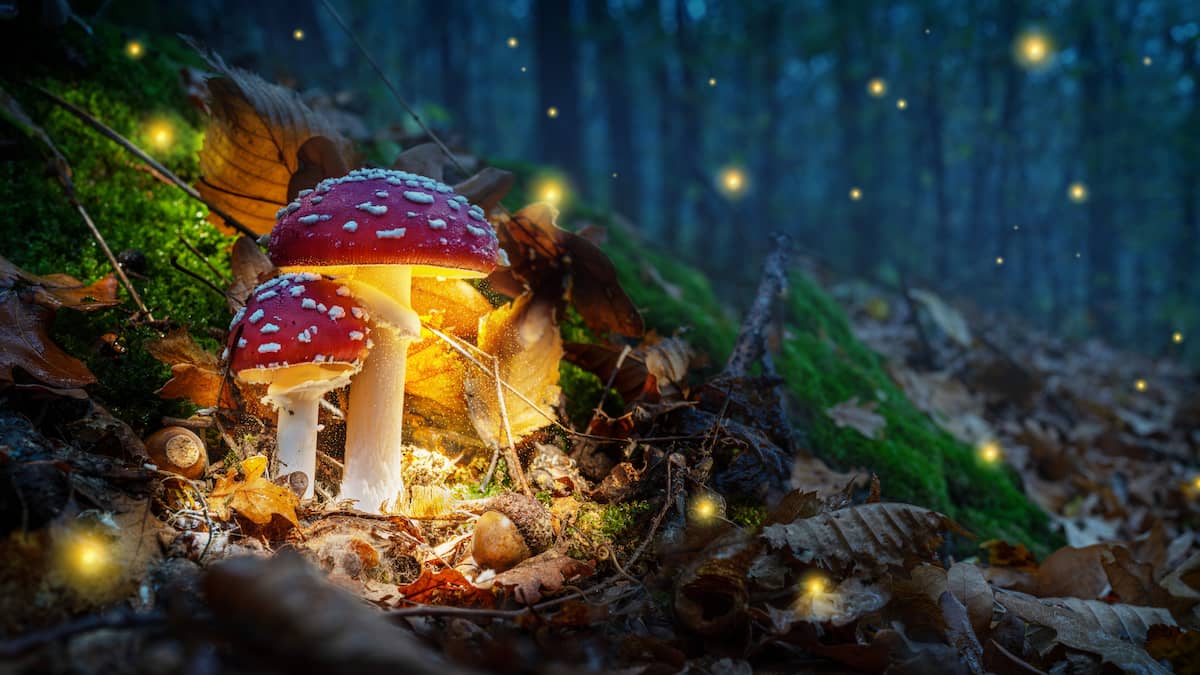
Mushrooms and roadside pollution
Introduction
Foraging has become an increasingly popular past time, the ability to find food in the wild could assist with survival but also offers an immense sense of achievement and satisfaction. It is important that the practice is carried out with care and attention to ensure that potential food sources are correctly identified. Edible mushrooms are a great source of nutrition, however, there are some that are poisonous that could make you sick or in the worst-case scenario lead to death.
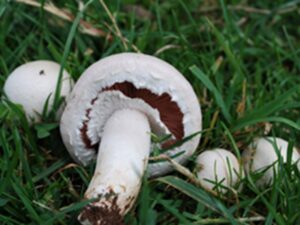
Figure 1 – The field mushroom, Agaricus campestris
There are three main groups of mushrooms that foragers will look for, these are the parasites, which parasitise trees, plants and even insects, the saprobic mushrooms, which rot down old wood or other dead substrate, and the mycorrhizal fungi which attach themselves to the roots of host organisms transferring nutrients, among other things between themselves and the host. All interact heavily with their environments and as is the case with living organisms, the environment in which they develop and grow will have a direct influence on their exposome which by definition encompasses life-course environmental exposures.
For this study, we have focussed on one specific species of saprobic mushroom that commonly grows in grassland. The Field Mushroom, Agaricus campestris is probably the most commonly collected edible mushroom in the UK. It is also one that is commonly found on roadside verges, and is also regularly mentioned as a mushroom that can absorb pollutants from its environment. It’s genus has many edible members that grow in the same environment and it is likely that the results from this experiment would be reflected by those species. The sampling was completed by Marlow Renton from Wild Food UK who is an expert forager and recently published a Foraging pocket guide.
It is proposed that a fruiting body of a mushroom that developed and grew in a polluted environment would absorb some of that pollution and become polluted. Fruiting bodies that develop in a clean pollution free environment should reflect that in their respective exposomes.
When foraging close to urban areas there may well be times that foragable items are spotted close to a busy road. These fruits may appear to be clean or pollution free but it is difficult to make that assessment using just eyes alone. The following case study aims to investigate the influence of pollution on the fruiting bodies of mushrooms as a function of distance picked from a busy road. Roads by their very nature are a serious source of pollution, the vehicles that use them exhaust a mixture of gases including water and carbon dioxide, mixed in with the major combustion products are other more toxic gases and also some metal particulates from the wear and tear of the engine. Modern vehicles are equipped with catalytic converters that serve to chemically convert many toxic emissions into a more inert and less harmful gases. It is hypothesised that concentrations of the catalysts used in the catalytic converters may well be higher in the soil and/or mushrooms found closer to the road.
Inductively Coupled Plasma Mass spectrometry (ICP-MS) is a sensitive analytical technique used to measure ultra-trace levels of metals present within a sample. Samples must be water soluble. Solid samples may be analysed by ICP-MS following on from sample preparation that usually involved acid microwave digestion. Once in solution the samples are sprayed into an argon plasma which could be up to 10,000 ºC, the water will evaporate and the high energy of the plasma will cause any metals present in solution to ionise which are charged versions of the atoms. The mass spectrometer will then separate the different masses of the ions and record their abundance which is proportional to their concentration within the sample.
Aims and Motivation
In order to assess the uptake of various metallic toxins, a simple experiment was conducted to test the hypothesis that mushrooms picked closer to the road contained a higher level of toxicity than those picked further away from the road. The influence of the substrate on the mushrooms would also require careful consideration by analysing soil substrate samples collected from the same sampling locations as the mushrooms.
Methods
Mushroom samples were picked along with soil samples from the same spot at various intervals moving away from a busy road in Hereford. The collected samples were stored in sterile containers and transported to the Artemis Analytical laboratory for analysis. Once received the samples were dried in a drying oven for 24 hours at a temperature of 80 ºC. The samples were ground up in a pestle and mortar, ~0.1 g samples from each was weighed accurately, the same sample preparation was used for the mushroom and soil samples. A supermarket-bought field mushroom was also prepared in the same way and analysed as a point of reference.
The powdered samples were each digested with 10 mL of concentrated nitric acid in a microwave digester on full power for 2 hours until the solids had fully dissolved and everything was in solution. The acid digestate was made up to 100 mL, filtered and then analysed using ICP-MS.
The ICP-MS instrument was setup and calibrated using external standards, a broad suite of elements was measured including the precious metals found in catalytic converters.
The concentrations of the metals are expressed in parts-per-million (ppm) for the dry soil samples. The concentration in the mushroom samples is expressed in parts-per-billion (ppb) and has been calculated for hydrated mushrooms assuming that the 99.18% of a mushroom is water.
Limitations
1. It is worth noting that these tests are by no means exhaustive, only the metallic elements were screened and measured. The vitamin content and nutritional value was not assessed in this study. This is possible using a different type of mass spectrometry, it would make an interesting future study.
2. It was impossible to separate the grass roots and other organic matter from the soil samples. Therefore, where we refer to soil it is really the soil and growing substrate.
3. Samples were taken from as regular intervals as possible from the road, though as they were growing naturally precision was impossible.
4. Only 1 species of edible mushroom was used for the test, this can be assumed to be reflected by other members of the genus, but these results do not apply to all fungi, edible or otherwise.
5. Other variable natural factors that may influence these results such as wind direction have to be assumed to be homogeneous in these results.
6. Assumptions have to be made about whether the source of the pollution was the growing substrate or airborne particles as the process itself was not observed, though the data collected informs those assumptions with reasonable veracity.
Results and Discussion
The results presented below for the soil and mushrooms sampled at 0 metre distance from the road samples were collected from the centre of Hereford right next to an extremely busy A road, these data are marked with the red star on the plots below. The other samples were collected at locations of increasing distance from a road in a more rural locality close to Hereford. The green star data point is from the supermarket-bought mushroom and is included as a point of reference.
For the vast majority of the elements measured in both the mushroom and soil samples it was found that their respective concentrations were higher in the samples collected closer to the road than those collected further away. The palladium and platinum results presented in figures 2 and 3 respectively clearly demonstrate the inverse relationship between collection distance from the road and concentration.
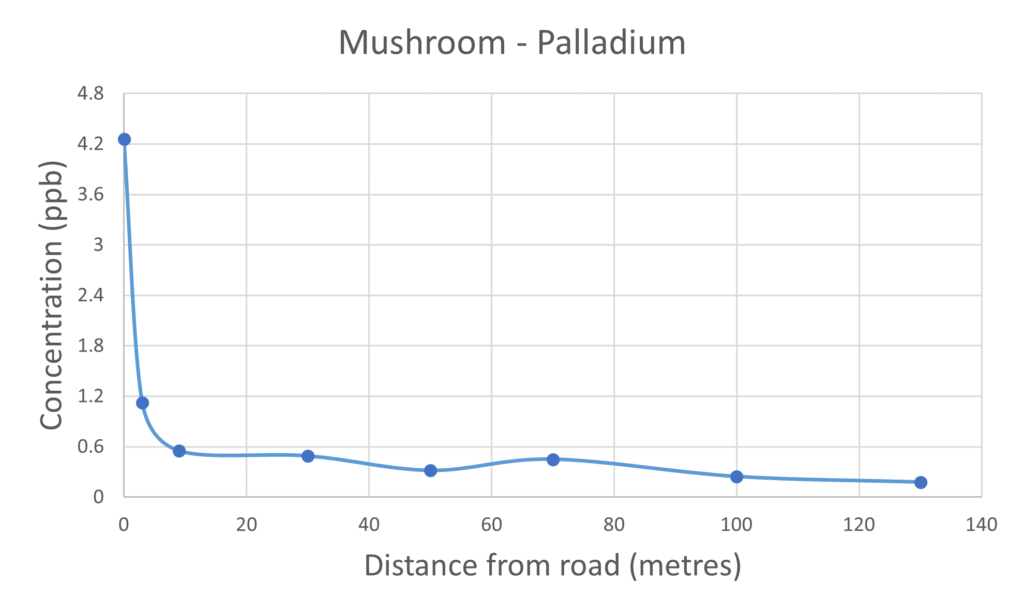
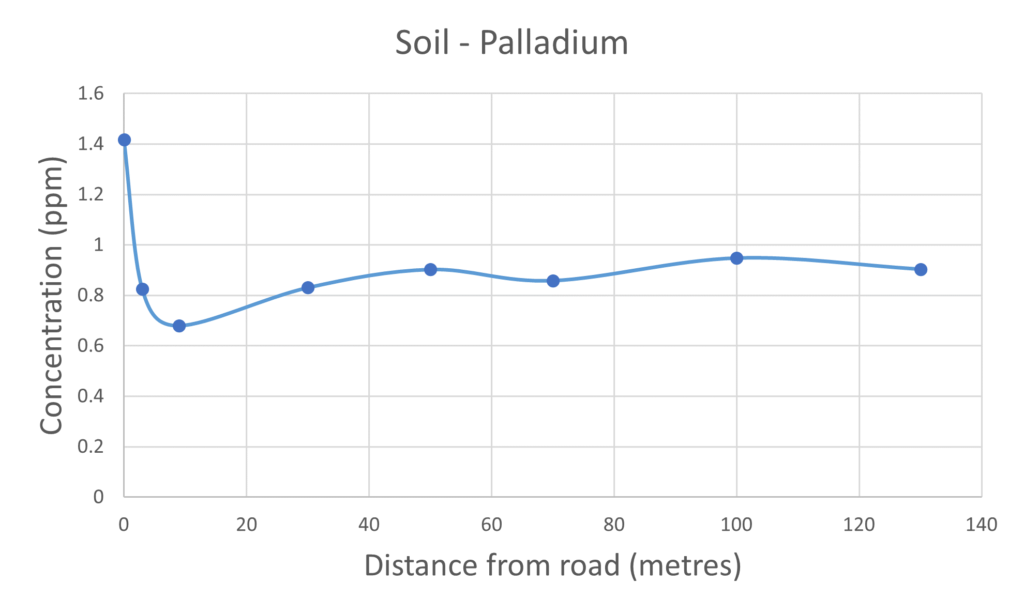
Figure 2 – Palladium measured in mushrooms & soil
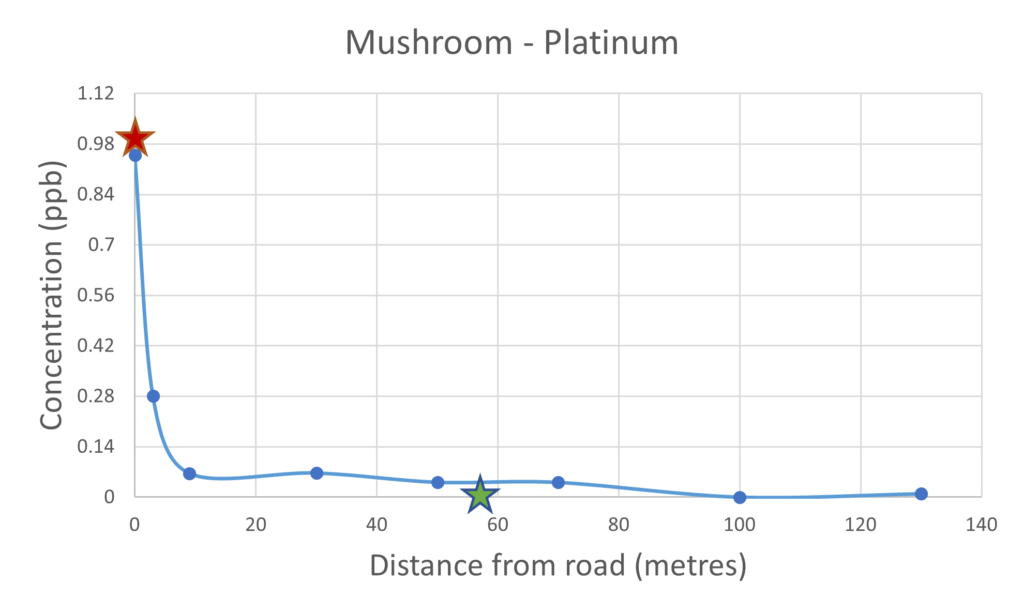
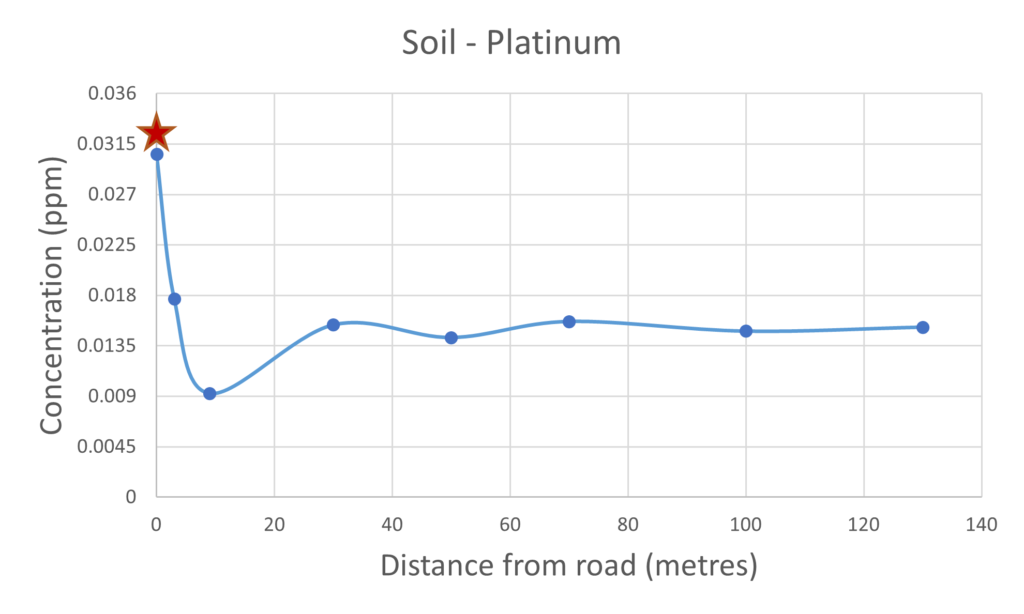
Figure 3 – Platinum present in mushrooms & soil
Iron is an ubiquitous element present in high concentrations in many locations on the earth’s surface and is an essential element of life. There was not a clear cut relationship between the concentration of the iron measured in the mushrooms collected closer to the road when compared to mushrooms collected further away. This would suggest that the uptake of iron expressed in the mushrooms was not effected by their proximity to the road. It was noted that the concentration of iron within the soil sampled close to the busy road was significantly higher, this would be expected due to the build up of rust from road vehicles. When comparing the soil and the mushroom results for iron there does not appear to be such a pronounced correlation. The iron results contrast significantly with the platinium and palladium results suggesting that perhaps the uptake of these metals may be less selective with respect to the iron.
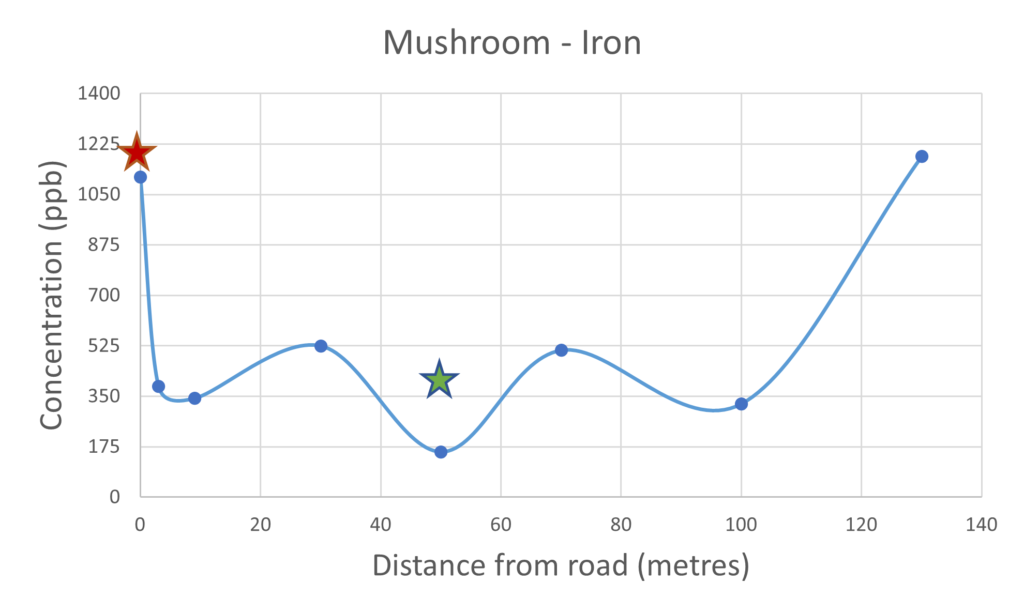
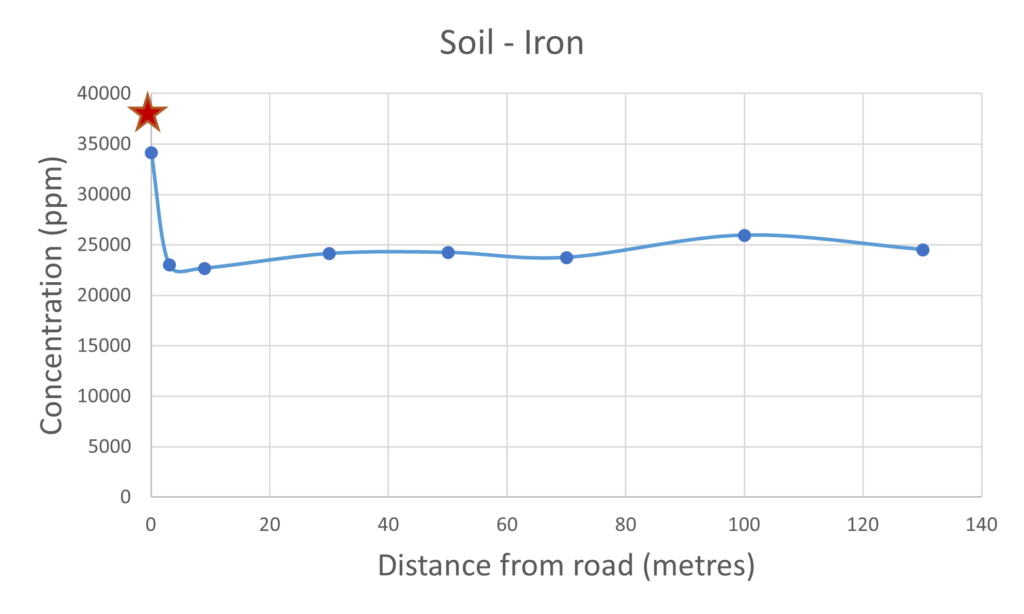
Figure 4 – Iron present in mushrooms & soil
It is worth noting that the mushrooms analysed during this study were not washed prior to them being dried and prepared for ICP-MS. This leaves the question unanswered as to if the exact source of the metal contaminants measured, had been adsorbed onto the surface or were present inside the mushroom’s fruiting body. Additional work is required in order to determine which part of the mushroom contained the highest concentration of the metal contaminants, skin, flesh on the top or flesh in the stalk.
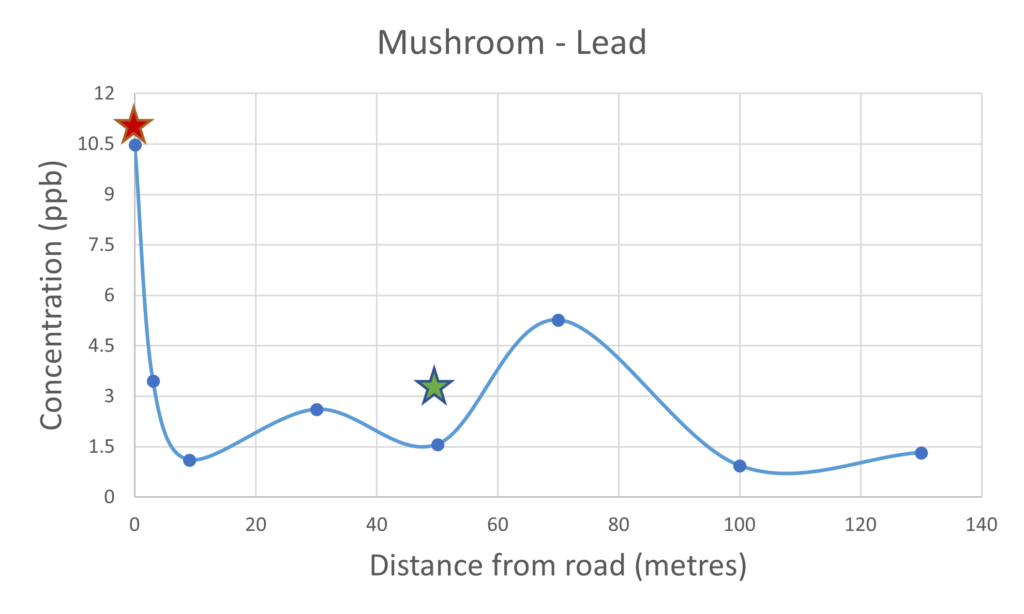
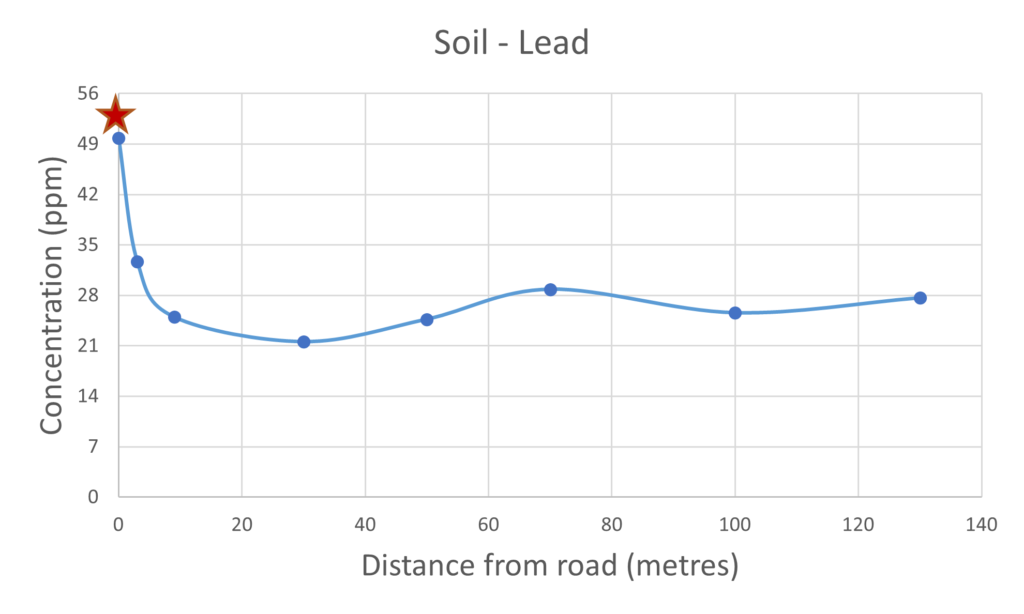
Figure 5 – lead present in mushrooms & soil
The use of lead compounds as an additive to petrol fuel has been common place since the 1920’s due to the increase in engine performance. In the UK alone it is estimated that 140,000 tonnes of lead was released into the atmosphere from the 1970’s until its use was finally banned in 1999. The lead pollution still lingers and this was observed with a high concentration in the soil of 50 ppm next to the road. The lead concentration in the soil does decrease as a function of distance from the road with a slight elevation in concentration at the 70 metre distance. That increase in the lead concentration in the soil at 70 metres is also reflected in the mushroom sample collected from the same spot which would suggest there is a significant link between the concentration of the lead present within the mushroom and that of the substrate or soil on which it grew. That trend was not observed with the iron concentrations, the concentration within the soil did not directly correlate with that of the concentration observed within the mushroom, this could be indicative of selective uptake. As the use of lead in fuel is banned the concentration of lead in the air should be relatively low which again is evidence that the lead present in the mushrooms much have been taken up from the soil substrate.
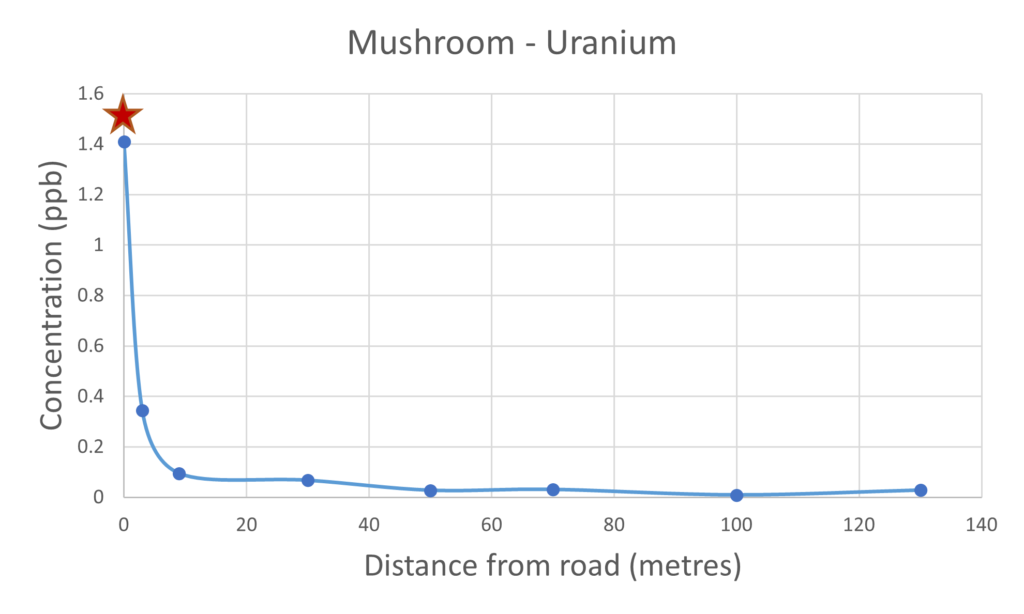
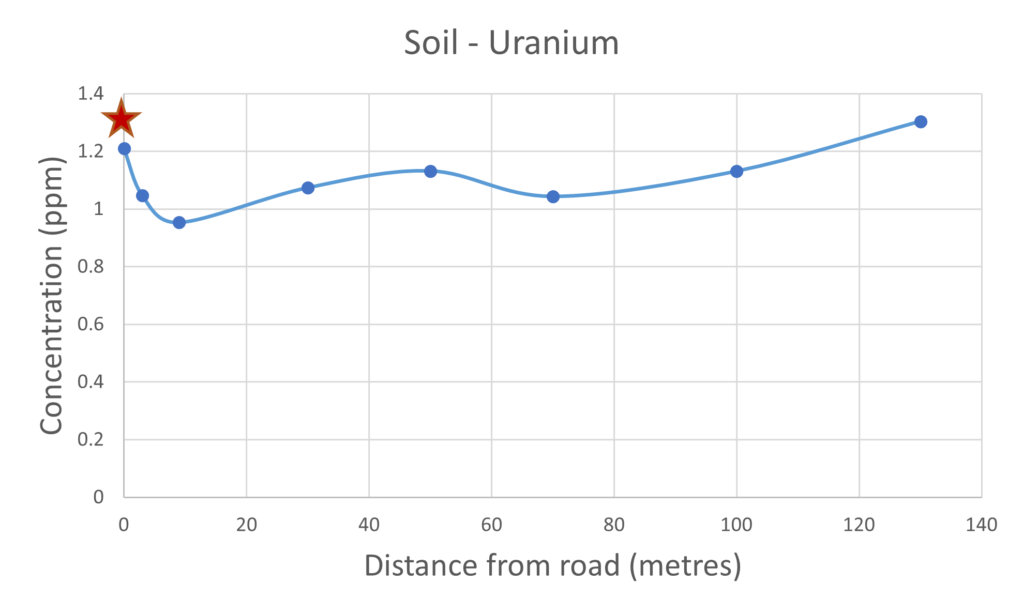
Figure 6 – uranium present in mushrooms & soil
Uranium is a very toxic heavy metal and is found naturally, it has been reported in the past that significant quantities of uranium have been measured in the Hereford area by the Hereford Time, the radioactive decay product is radon gas which can pose health risks. The results we present in this article clearly demonstrate that a higher concentration of uranium was measured in the mushroom samples collected next to the busy road. It is unclear why the levels of uranium are significantly higher closer to the road, this does require further investigation with additional samples taken at different locations.
Conclusions
The mushrooms that were foraged as far as their heavy metal content was concerned did not pose a health risk with excessively high concentrations. It could therefore be concluded that they were safe to eat, however, from the concentration plots for most elements under investigation there is a clear drop off in the concentrations of the heavy metals measured as a function of distance picked from the road.
As with any food that is foraged, it is always advisable to wash it prior to consumption.
There is plenty of scope for additional studies to be carried out as mentioned in the discussion, a repeat of the experiment with additional sampling points would be very useful. It would also be interesting to wash a sample set of mushrooms prior to analysis to determine if the contaminants were only present on the skin, the water used to wash the mushroom samples could also be analysed.
Happy foraging!
Trackback from your site.



вдкрити акаунт на бнанс
| #
I don’t think the title of your article matches the content lol. Just kidding, mainly because I had some doubts after reading the article.
binance
| #
Thanks for sharing. I read many of your blog posts, cool, your blog is very good.
shib チャート
| #
Reading your article helped me a lot and I agree with you. But I still have some doubts, can you clarify for me? I’ll keep an eye out for your answers.
binance
| #
Can you be more specific about the content of your article? After reading it, I still have some doubts. Hope you can help me.
binance
| #
I don’t think the title of your article matches the content lol. Just kidding, mainly because I had some doubts after reading the article.
binance推薦
| #
Thank you for your sharing. I am worried that I lack creative ideas. It is your article that makes me full of hope. Thank you. But, I have a question, can you help me?
binance referral
| #
Can you be more specific about the content of your article? After reading it, I still have some doubts. Hope you can help me.
创建Binance账户
| #
I don’t think the title of your article matches the content lol. Just kidding, mainly because I had some doubts after reading the article.
binance referral bonus
| #
Your point of view caught my eye and was very interesting. Thanks. I have a question for you. https://www.binance.info/en-IN/register?ref=UM6SMJM3
www.binance.com sign up
| #
Your point of view caught my eye and was very interesting. Thanks. I have a question for you.
Registrati
| #
Thanks for sharing. I read many of your blog posts, cool, your blog is very good.
binance Sign Up
| #
Your article helped me a lot, is there any more related content? Thanks!
binance registrácia
| #
Reading your article helped me a lot and I agree with you. But I still have some doubts, can you clarify for me? I’ll keep an eye out for your answers. https://accounts.binance.com/es-MX/register-person?ref=JHQQKNKN
100 USDT
| #
Thank you for your sharing. I am worried that I lack creative ideas. It is your article that makes me full of hope. Thank you. But, I have a question, can you help me?
only fans pornstars kayleigh wanless
| #
only fans pornstars kayleigh wanless
Mushrooms and roadside pollution » Artemis Analytical
luton auto locksmith
| #
You’ll Never Be Able To Figure Out This Luton Auto Locksmith’s
Secrets luton auto locksmith
Best auto locksmith in Luton
| #
How To Create An Awesome Instagram Video About Luton Best Auto Locksmith Best auto locksmith in Luton
car locksmith In Luton
| #
What Is Best Car Locksmith Near Luton And How To Make Use Of It car locksmith In Luton
damaged
| #
The Unknown Benefits Of Auto Locksmith Luton damaged
luton car locksmiths
| #
See What Luton Car Locksmiths Tricks The Celebs Are Using luton car locksmiths
auto Locksmith Luton
| #
The Biggest Sources Of Inspiration Of Auto Locksmith Near Luton auto Locksmith Luton
binance
| #
Thank you for your sharing. I am worried that I lack creative ideas. It is your article that makes me full of hope. Thank you. But, I have a question, can you help me?
binance sign up bonus
| #
Your article helped me a lot, is there any more related content? Thanks!
Otwórz konto na Binance
| #
Can you be more specific about the content of your article? After reading it, I still have some doubts. Hope you can help me.
binance Sign Up
| #
Your point of view caught my eye and was very interesting. Thanks. I have a question for you.
orgonite ciondolo proprietà
| #
Gore was elected to the United States Senate in 1952, the place he was instrumental in creating the Interstate Freeway system.
Binance美国注册
| #
Thanks for sharing. I read many of your blog posts, cool, your blog is very good.
idea regalo donna 30 anni
| #
I love what you guys are usually up too. This sort of clever work and reporting!Keep up the very good works guys I’ve added you guys to my blogroll.
idee regalo san valentino
| #
Com tanto conteúdo e artigos, vocês já se depararam com algum problema de plágio?
best binance referral code
| #
Your article helped me a lot, is there any more related content? Thanks!
Inscription à Binance
| #
Thank you for your sharing. I am worried that I lack creative ideas. It is your article that makes me full of hope. Thank you. But, I have a question, can you help me?
idea regalo uomo 80 anni
| #
FJjvmX1oMJa
gratis binance-konto
| #
Thanks for sharing. I read many of your blog posts, cool, your blog is very good.
idea regalo amica compleanno
| #
You’re so cool! I don’t believe I’ve read through a single thing like that before. So nice to find somebody with a few unique thoughts on this subject matter. Seriously.. many thanks for starting this up. This website is something that is needed on the internet, someone with a bit of originality.
orgone ciondolo
| #
Introducing to you the most prestigious online entertainment address today. Visit now to experience now!
idee regalo donna economici
| #
555
regalo per compleanno moglie 50 anni
| #
Thanks to my father who informed me regarding this weblog, this weblog is truly remarkable.
binance sign up bonus
| #
I don’t think the title of your article matches the content lol. Just kidding, mainly because I had some doubts after reading the article.
idee regalo per casa nuova donna
| #
Aw, this was a very good post. Spending some time and actual effort to produce a very good article… but what can I say… I procrastinate a whole lot and never seem to get nearly anything done.
Inscreva-se para receber 100 USDT
| #
Can you be more specific about the content of your article? After reading it, I still have some doubts. Hope you can help me.
creación de cuenta en Binance
| #
Your article helped me a lot, is there any more related content? Thanks! https://accounts.binance.com/pt-PT/register?ref=DB40ITMB
Създаване на безплатен профил
| #
Your article helped me a lot, is there any more related content? Thanks!
sign up for binance
| #
Your article helped me a lot, is there any more related content? Thanks!
como se escreve fazer amor em inglês
| #
I used to be able to find good info from your articles.
Binance推荐码
| #
Your point of view caught my eye and was very interesting. Thanks. I have a question for you.
Регистрация в binance
| #
Can you be more specific about the content of your article? After reading it, I still have some doubts. Hope you can help me.
Anmelden
| #
Your article helped me a lot, is there any more related content? Thanks!
idea regalo per un ragazzo di 18 anni
| #
nogensinde løbe ind i problemer med plagorisme eller krænkelse af ophavsretten? Mit websted har en masse unikt indhold, jeg har
orologi idee regalo uomo raffinato
| #
I know we’ve grabbed a late equaliser but the game should have been put to mattress earlier than that.
idea regalo ragazzo 12 anni
| #
Can you be more specific about the content of your article? After reading it, I still have some doubts. Hope you can help me.
regalo compleanno donna 40 anni
| #
Wonderful blog! I found it while browsing on Yahoo News. Do you have any tips on how to get listedin Yahoo News? I’ve been trying for a while but I never seem to get there!Many thanks
ciondolo pandora cuore con stella
| #
Thune, Kent. “The Best S&P 500 Index Funds”.
idee regalo per compleanno 60 anni donna
| #
že spousta z něj se objevuje na internetu bez mého souhlasu.
idea regalo donna natale
| #
Your point of view caught my eye and was very interesting. Thanks. I have a question for you.